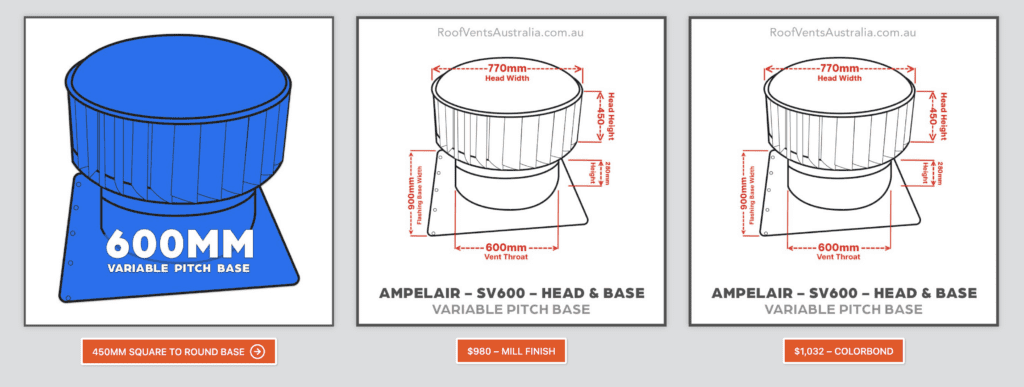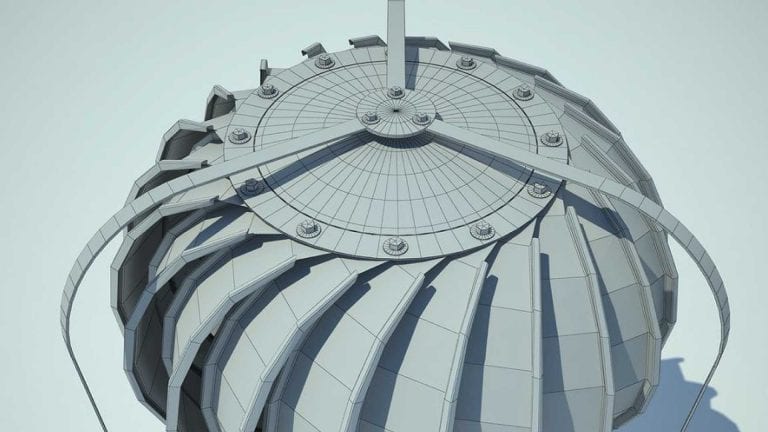Elevating Australian Architecture: The Imperative of Quality-Assured Roofing Services and Energy-Efficient Solutions


Rain Heads Custom Made Shipped Free Australia Wide – Click Here >
Dambuster Rain Heads Shipped Free Australia Wide – Click Here >
Commercial Industrial Roof Vents 300mm-950mm – Click Here >
Eco-Friendly Roofing Insulation Shipped Free – Click Here >
Gutter Sumps Shipped Free Australia Wide – Click Here >
In the Australian built environment, the onus of creating robust, energy-efficient, and sustainable structures falls on architects, builders, and contractors alike. Particularly, roofing—often an afterthought in construction—requires special attention as it serves not only as a shelter but also as an integral component in energy conservation and sustainability. This article aims to educate and motivate Australian stakeholders by focusing on the relevance of quality-assured roofing services, commercial roof insulation solutions, and various state-specific guidelines. From wind-tested whirlybirds in Queensland to aerodynamic roof vents tailored for Melbourne’s fluctuating weather, the roofing industry in Australia has much to offer.
Quality-Assured Roofing Services: A Non-Negotiable Standard
Quality assurance in roofing services is not merely a selling point but a non-negotiable standard, especially in Australia where weather conditions can be extremely harsh. According to the Australian Bureau of Statistics, in 2019 alone, natural disasters including storms caused significant damage to infrastructure, amounting to hundreds of millions of dollars1. A well-installed, quality-assured roof could significantly mitigate such damages.
The Australian Standard AS/NZS 1562.1:2018 provides guidelines for the design and installation of metal roofing, reflecting the highest standard expected from service providers2. This standard is endorsed by the Housing Industry Association (HIA) and the Master Builders Australia, ensuring its widespread compliance3.
Commercial Roof Insulation Solutions: For the Long Run
In commercial setups like shopping malls, effective roof insulation can substantially reduce energy costs. According to the Australian Government’s Commercial Building Disclosure (CBD) Program, buildings that improve their energy efficiency by just one star can cut energy bills by up to 15%4. Roof insulation, by regulating indoor temperature, contributes significantly to these savings.
Materials such as polyisocyanurate (PIR) and extruded polystyrene (XPS) offer robust insulation solutions, meeting the Australian Building Codes Board (ABCB) criteria5. For businesses in colder states like Tasmania, opting for higher R-values in roof insulation ensures better thermal performance, aligning with the Tasmanian Building and Construction Industry Training Board’s (TBCITB) guidelines6.
Roof Ventilation for Shopping Malls: A Consumer Comfort Factor
Beyond insulation, roof ventilation is crucial for maintaining air quality and thermal comfort, directly affecting consumers’ shopping experience. Vented roof systems, in particular, are excellent for this purpose as they enable natural air circulation, reducing reliance on HVAC systems.
The “National Construction Code 2019 (NCC 2019)” mandates minimal airflow rates for different kinds of commercial establishments7. For shopping malls in states like New South Wales, consulting the “NSW Planning Portal” for state-specific amendments is advisable8.
Wind-Tested Whirlybirds and Aerodynamic Roof Vents: Withstanding the Aussie Gale
Wind-tested whirlybirds and aerodynamic roof vents are integral to buildings in cyclone-prone areas like Queensland. The Queensland Government’s Department of Housing and Public Works provides a detailed cyclone testing station report, focusing on the resilience of roofing elements like whirlybirds9.
Solar Roof Ventilation Systems: Harnessing the Aussie Sun
For states with a warmer climate like Western Australia, solar roof ventilation systems are increasingly becoming a go-to solution. These systems not only offer ventilation but also harness solar energy for various utilities. According to Clean Energy Regulator’s report, Australia had over 2.66 million small-scale solar installations as of 202010. Given the abundant sunshine, this solution is both energy-efficient and environmentally responsible.
Rainwater Harvesting Solutions: Beyond Roofing
Rainwater harvesting systems, particularly in states like South Australia, where water scarcity is a pressing issue, can serve dual purposes. They provide a sustainable water supply and reduce the strain on the stormwater systems. The South Australian Government provides a rebate scheme under which rainwater harvesting systems can be installed, making it economically viable for residents11.
Roof Insulation for Energy Savings: The New South Wales Example
In New South Wales, the Sustainable Energy for Business Program encourages businesses to invest in energy-saving solutions, including roof insulation12. The program highlights that businesses can recover the cost of insulation within two to four years through energy savings, an attractive return on investment.
DIY Roofing Materials: A Warning
Although the market is flooded with DIY roofing materials, it’s crucial to remember that roofing is a skilled job requiring professional expertise. The Victorian Building Authority highlights that DIY jobs can often lead to significant issues, such as non-compliance with the building codes or voiding your insurance13.
Conclusion
The Australian roofing industry has much to offer in terms of quality, sustainability, and technological innovation. Whether it is commercial roof insulation solutions in Tasmania or rainwater harvesting systems in South Australia, state-specific options are plentiful. By adhering to quality-assured services, vented roof systems, and cutting-edge solutions like solar roof ventilation systems, Australia can move towards a future of sustainable, energy-efficient, and resilient built environments.
References
Note: The information provided in this article is accurate as of the last update in September 2021. Regulations and standards are subject to change, and it’s essential to consult updated resources for the most current information.
Footnotes
- Australian Bureau of Statistics, “Natural Disasters in Australia,” 2019. ↩
- Australian Standard AS/NZS 1562.1:2018, “Design and Installation of Sheet Roof and Wall Cladding—Metal,” Standards Australia. ↩
- Housing Industry Association (HIA), “Quality Assurance in Building,” HIA website. ↩
- Commercial Building Disclosure (CBD) Program, “Benefits of Improving Energy Efficiency,” CBD website. ↩
- Australian Building Codes Board (ABCB), “NCC Standards and Provisions,” ABCB website. ↩
- Tasmanian Building and Construction Industry Training Board (TBCITB), “Guidelines for Energy Efficient Buildings,” TBCITB website. ↩
- “National Construction Code 2019 (NCC 2019),” Australian Building Codes Board. ↩
- NSW Planning Portal, “State Amendments and Planning Rules,” NSW Government website. ↩
- Queensland Government’s Department of Housing and Public Works, “Cyclone Testing Report,” Queensland Government website. ↩
- Clean Energy Regulator, “Small-scale installations by year,” Australian Government website. ↩
- South Australian Government, “Rainwater Harvesting Rebate Scheme,” South Australian Government website. ↩
- Sustainable Energy for Business Program, “Roof Insulation and Energy Savings,” NSW Government website. ↩
- Victorian Building Authority, “DIY Building Work: What you need to know,” VBA website. ↩

